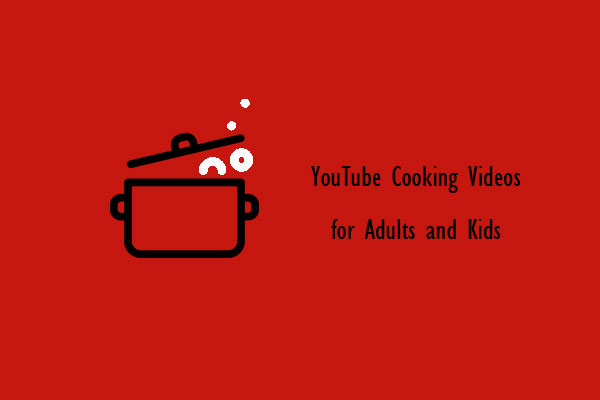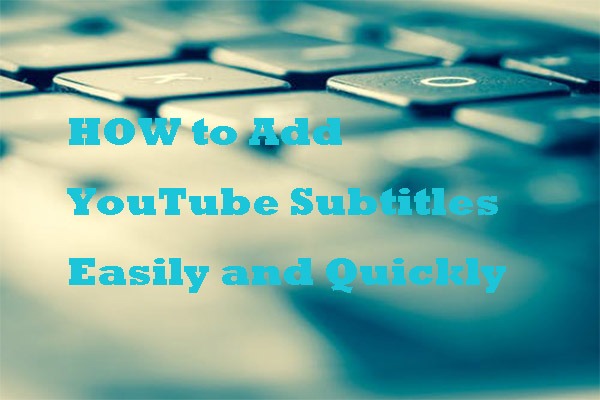People like to try new recipes, styles and techniques all the time. With popular videos on cooking and preparing food, it’s no surprise that cooking content always sells well online. So, if you want to post your favorite family dishes online, here’s a quick guide to help you make high-quality and useful cooking videos.
Plan and Script Cooking Videos
When it comes to cooking and food videos, the most important thing is the planning and scripting. This pre-production stage is crucial not only for preparing all the ingredients for the recipe, but also for presenting each piece of information in a script and shooting checklist.
One thing to keep in mind, as you’ll experience in cooking videos, is that recipes and procedures are precise, but many hosts like to work “off the cuff” when explaining them. Improvisation is encouraged to keep things flowing and organic, but only if things stay on track.
When looking back, it’s important to make sure your videos are captioned so that they can be searched and displayed when people try to find your particular recipe.
You can also transcribe full audio into text, so you can cross-reference with your original scripts and upload captions to your videos.
Tips for Shooting Cooking Videos
If you watch cooking shows on TV, you’ll often notice that the host doesn’t seem to be cooking at all. Instead, most of their dishes are eaten before they are aired. When you make a cooking video yourself, you need to do pretty much the same thing.
The best technique is to think of it as two separate shots. First, your shoot will focus on the chef or host, who will explain the recipe and technique to the camera. You should photograph this wide and solid three-point lighting to make sure the host looks the best.
The second shoot will use close-up shots of the actual food being prepared and cooked. The best way to film it is the familiar top-down technique, like the one you find on online cooking videos like Tasty. You may need to stand on a chair or table, but shooting from a height gives a panoramic view of the countertop or stove, where you can shoot the entire recipe from start to finish.
Editing, Closed Captions, and Subtitles
Then in the video editor, the magic happens, you can put your two separate shoots together.
You may need this: Top 8 Video Editors without Watermark for PC (2020)
At first, you need to edit a complete scratch track of your host going through the recipe. This will serve as the basic audio for your entire video, so from here you can start your process using external resources for captions or foreign subtitles, which is as simple as uploading your video files.
Closed captions promote accessibility, and up to 85% of online videos are watched without sound. Foreign subtitles expand your horizons into other languages and countries.
Verizon did a large study of video captions, and they found that 80% of people who used subtitles were not even deaf or hard of hearing, and the same percentage were more likely to watch the entire video with subtitles on.
Food-related instructional videos account for the second highest percentage of consumers, after general tips/advice videos.
Once you have your scratches and transcripts ready to add, you can start cutting the food preparation and cooking action in your close-up. If your editing is seamless enough, it can look like two shots working in real time, a clear, easy-to-follow and fun cooking video that will perform well on YouTube and social media.
Bottom Line
After reading this article, you should know how to make cooking videos right now. This article has simply shown you the tips and process. Hope they are helpful to you.



